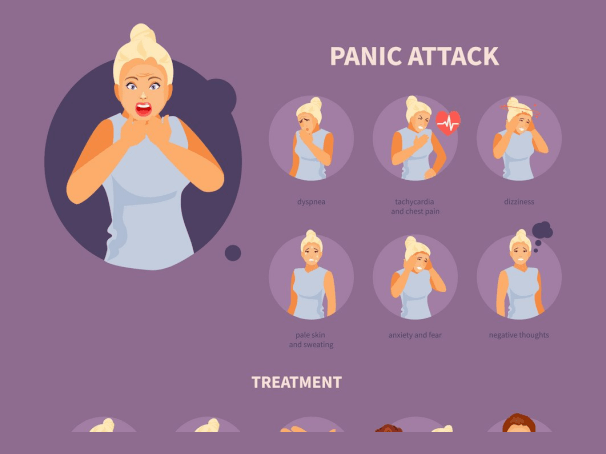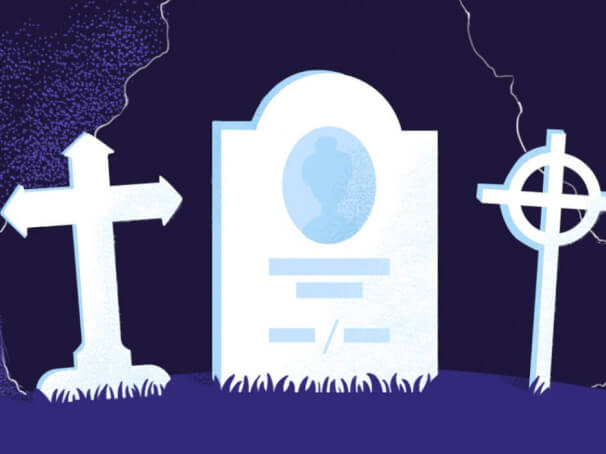
Having a panic attack on a plane can be very frightening. Even if you don't necessarily have a fear of flying, there may still be factors that contribute to panic attacks in these types of situations.
In this article, we'll take a look at all of the potential reasons that panic attacks on planes occur, and what you can do to stop them.
Causes of Panic Attacks on Planes
There are many reasons that panic attacks on planes are common. Obviously fear of flying is one of them, but there are other reasons as well, including:
- Plane "Symptoms" Being on a plane can cause physical sensations that may trigger panic attacks. For example, ear popping and fullness, feeling "lighter," and pressure changes may all be triggers of fear and panic attacks; or at the very least increase the amount of self-monitoring a person does in a way that makes them more prone for attacks.
- Plane Monitoring Just as something that causes a person to monitor their body may make them more prone to panic attacks, a similar problem can occur if a person starts to monitor a plane. People who are prone to panic attacks may be more prone to noticing every right or left turn, every change in elevation, and anything that makes them feel worried and that something is "off."
- Fear of Panic Attacks And, of course, fear of panic is one of the most common triggers of anxiety and panic attacks. If you have had a panic attack on a plane before, that in and of itself might cause you to be afraid of flying and to have more panic attacks. Unfortunately the more you think about panic attacks, the more likely you are to get one.
Fear is, of course, the clearest reason for the increase in panic attacks. Everything about going on a plane can cause more anxiety, even if you don't necessarily have a specific fear of flying. From rushing to the airport, to parking, to checking in, to security, to getting a seat, and finally to takeoff - there are so many different issues that create anxiety, and unfortunately the more anxiety someone with panic attacks has the more likely they are to trigger it on the plane.
How to Control Plane Panic Attacks
In general, you want to see medical help for panic attacks, and that includes panic attacks that happen on an airplane. Research has shown that Cognitive Behavioral Therapy (CBT) is a good treatment for panic attacks It has also been shown that taking a benzodiazepine before you fly will reduce your anxiety, but that this only works for short periods of time.
But if you're already on a plane, then consider the following techniques for controlling panic attacks:
- Slow Down Your Rate of Breathing: If you slow down your breathing in the midst of a panic attack,, your sense of panic will actually dissolve. This will definitely work. Make a conscious effort to control your rate of breathing. Normally, the respiratory center in your brain-stem controls your rate of breathing. But you can intercede and take conscious control of your respiratory rate. This will make you feel much better.
- Try Not to Be Afraid of Being Afraid: Focus your mind on your feeling of fear and panic, and try to accept the feelings. If you truly accept them, they will dissipate and dissolve. If your sense of fear and panic increases when you try to accept them, stop focusing on them for a moment; and then slowly try again to accept your panic.
- Distract Yourself by Doing Games/Tasks Try to keep your mind as active as possible. It can be hard to do this when you are already panicking or have anxiety, but it does help you decrease the severity of the attack.
- Explain to Your Seatmate Tell the person sitting next to you that you are having a panic attack. This way you will know that they aren’t judging you or thinking that you are doing something inappropriate.
Finally, mindfulness training is worth a try. Mindfulness training and meditation may well help you find a way to prevent your panic attacks.











